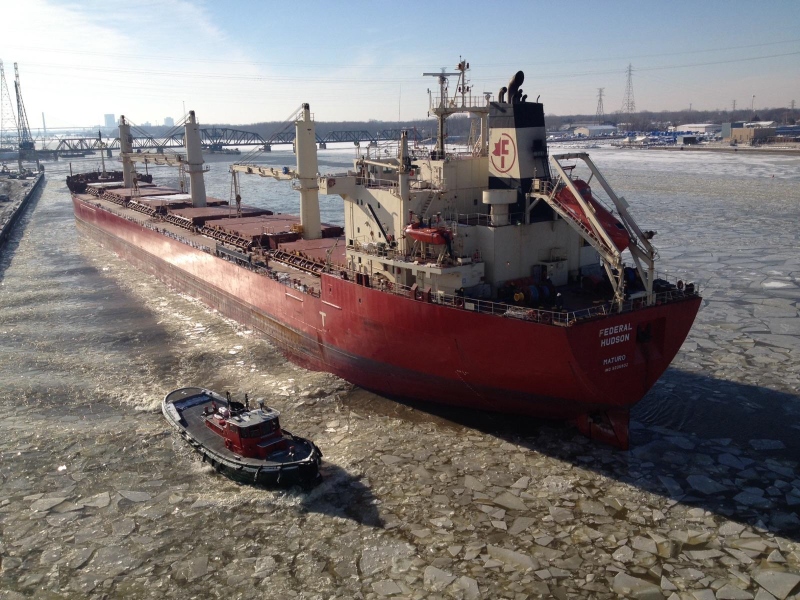Vessel operators will be paying about 13% more to Great Lakes pilots this year, due mainly to the addition of four pilots and increased operating expenses.
Under the Coast Guard’s just issued final rate rule, per pilot hourly pay calculated with a new formula will range from $271 to $653 — depending on the district — up from $218 to $601. Total target pilot compensation rose to $352,485 from $319,617 in the proposed rule.
The rule affects 49 U.S. pilots in three associations, as well as the owners and operators of about 215 vessels whose payments will increase $2.8 million over the $22.3 million in 2017.
“We are absolutely disgusted with this drastic rate increase. This is the fourth year in a row the Coast Guard has implemented double-digit cost increases for pilotage services on the Great Lakes,” said Steve Fisher, executive director of the American Great Lakes Ports Association. The higher costs “will lead to loss of cargo and loss of jobs at our ports.”
The program is “completely broken,” he said. “It’s time for Congress to get involved.”
The new rates were necessary because the pilot numbers are increasing, “and when you increase the number, you increase the cost,” said John Swartout, president of the Western Great Lakes Pilots Association, Superior, Wisc. The area is unusual because the rates are adjusted annually, “so it’s always a work in progress. It’s never going to be easy,” said Swartout. “I think they did a reasonable job this time. The methodology is much better than it used to be.”
The Coast Guard establishes rates for Great Lakes pilots, while pilot rates elsewhere in the country are set at the local level.
The Coast Guard’s changes to its calculations included a new compensation benchmark based on American Maritime Officers’ 2015 contracts, and revisions to figures adjusted annually such as inflation rates and traffic volumes.
The changes “will promote safe, efficient, and reliable pilotage service” by insuring the rates cover an association’s expenses, provide “fair pilot compensation, adequate training, and sufficient rest periods,” and help recruit and retain enough pilots to meet peak shipping demand and reduce delays, the Coast Guard said in its rule.
Pilots, ports and shippers have been battling for several years over the rates.
“These are substantial increases on top of substantial increases,” said Jonathan Benner, with Thompson Coburn, who represents the ports and vessel operators. “It’s a very lavish average compensation figure they’ve put out. We’re still reviewing the final rule.”
They can still challenge the rates in court, as they have in the past.
Ports and vessel operators sued the Coast Guard seeking a 2016 rate reduction, arguing the agency’s calculations were flawed and the increases arbitrary. Pilots associations joined the suit on the Coast Guard side.
A federal judge said rate increases in general were justified but the formula needed to be refined. He also faulted the Coast Guard for not considering the weighting factor, a metric favored by shippers and ports that yields higher pilotage fees for larger ships than smaller ones. The Coast Guard used the factor in its 2017 rates for the first time.
The judge remanded the issue back to the Coast Guard in March. The case is being appealed.





